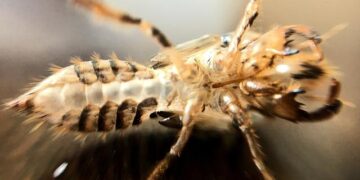Chemically induced dimerization tools are used for actively perturbing signal transduction in live cells, but most existing methods are not able to be repeatedly reversed. In a study published in Nature Methods, Bottone et al. introduce a system called CATCHFIRE (chemically assisted tethering of chimera by fluorogenic-induced recognition), which allows the monitoring of reversibly induced protein proximity. This method relies on the chemical induction of dimerization using a fluorogen, which results in the assembled complex fluorescing, enabling real-time visualization of interactions with precise temporal control.
Access options
Access Nature and 54 other Nature Portfolio journals
Get Nature+, our best-value online-access subscription
24,99 € / 30 days
cancel any time
Subscribe to this journal
Receive 12 print issues and online access
209,00 € per year
only 17,42 € per issue
Rent or buy this article
Prices vary by article type
from$1.95
to$39.95
Prices may be subject to local taxes which are calculated during checkout
Additional access options:
Log in
Learn about institutional subscriptions
Read our FAQs
Contact customer support
About this article
Cite this article
Despang, A. Monitoring protein proximity with fluorogens.
Nat Biotechnol 41, 1386 (2023). https://doi.org/10.1038/s41587-023-02000-6
Download citation
Published: 12 October 2023
Issue Date: October 2023
DOI: https://doi.org/10.1038/s41587-023-02000-6
>>> Read full article>>>
Copyright for syndicated content belongs to the linked Source : Nature.com – https://www.nature.com/articles/s41587-023-02000-6






























